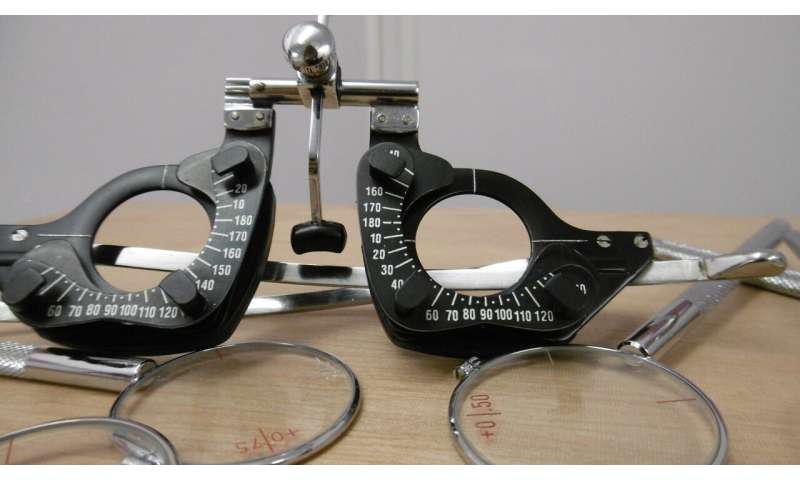
Greater investment is needed to support Aboriginal and Torres Strait Islander (Indigenous) eye health coordinators, community-based liaison officers, and family members and carers, according to the authors of a systematic review published online today by the Medical Journal of Australia.
“Clinical services are central to improving preventive measures and reducing disease prevalence among Aboriginal and Torres Strait Islander Australians, but non-clinical support services can facilitate access to and the uptake of care,” wrote the authors, led by Dr. Aryati Yashadhana, from UNSW Sydney.
“Examples of non-clinical support include reducing anxiety about new diagnoses, interpreting biomedical information, and enabling cultural safety.
Family and community members play key roles in providing non-clinical support, including facilitating and motivating attendance at appointments, accompanying patients to health services to alleviate their anxiety, participating in shared care, and enhancing the effectiveness of preventive health promotion activities.”
The authors analyzed data from 27 publications and identified five key areas of non-clinical support for Indigenous eye health: coordination of eye care, integrating and linking services, cultural support, health promotion, and social and emotional support.
“People who provide non-clinical support include eye health coordinators, Aboriginal Health Workers (AHWs), primary care clinicians, family members, carers, and community-based liaison workers,” the authors wrote.
“The availability of non-clinical support is associated with increased patient attendance at eye care services, higher visual acuity examination and cataract surgery rates, broader eye health knowledge, and greater cultural responsivity.
“A key finding was the prominent role of eye health coordinators in providing these types of non-clinical support. However, eye health coordinators are often employed part-time, which may be attributable to the complex funding arrangements for eye health coordination.
“The limited availability of personnel to fulfill the linguistic and cultural needs of patients has reportedly resulted in burnout among the declining number of AHWs who act as both family or community members and clinicians. Cultural liaison officers and advisors can also facilitate cultural safety, but the lack of specific funding and supportive programs are barriers to establishing such positions.
“We recommend financial investment to support key providers of non-clinical support, particularly eye health coordinators, community-based liaison staff, and family members and carers,” the authors concluded.
“However, sustainable policies and additional resources are required to facilitate such support. Improving access to cultural mediation, interpreting, and social and emotional support is needed in all areas of Indigenous health, and current deficiencies reflect barriers in the health system in general.
Further, our review highlights the disjuncture between acknowledging the important roles of family and community members in supporting the access of Indigenous Australians to health care and providing the specific resources and programs essential for supporting these roles.
Source: Read Full Article
